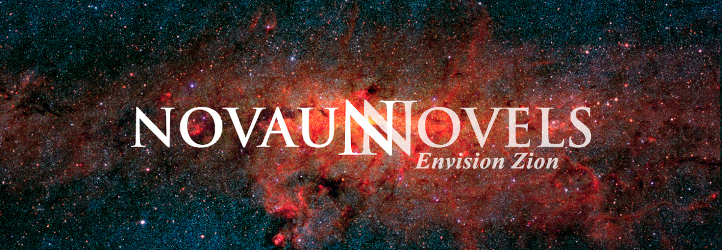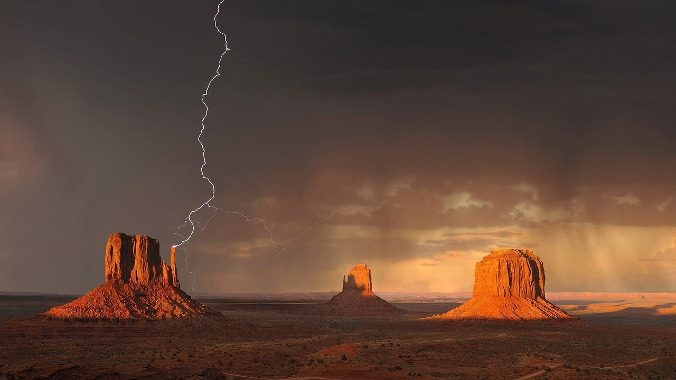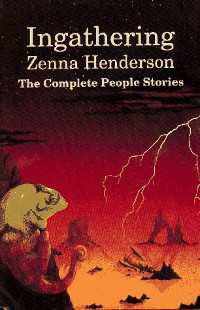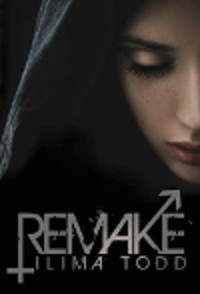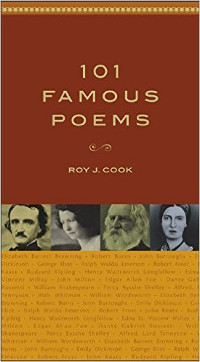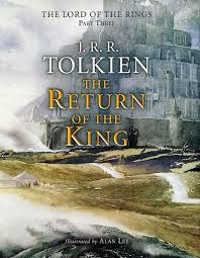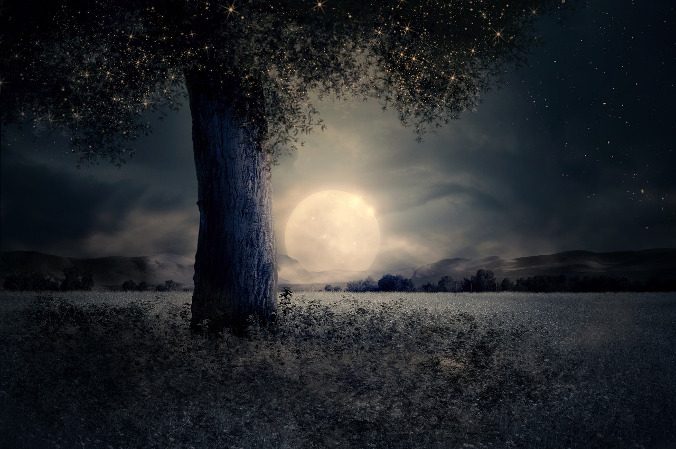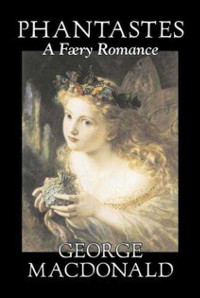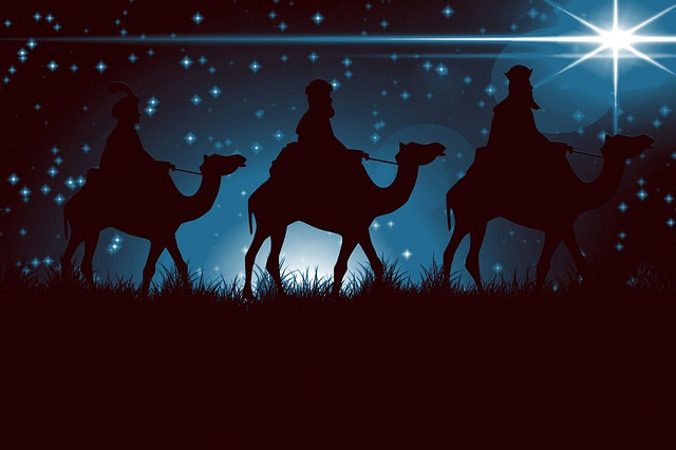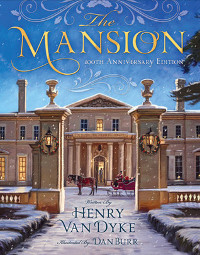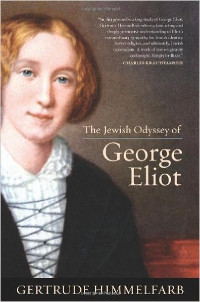
The Jewish Odyssey of George Eliot, by Gertrude Himmelfarb (biography)
“It is one of the curiosities of history that the most remarkable novel about Jews and Judaism, predicting the establishment of the Jewish state, should have been written in 1876 by a non-Jew—a Victorian woman and a formidable intellectual, who is generally regarded as one of the greatest of English novelists. And it is still more curious that Daniel Deronda, George Eliot’s last novel, should have been dismissed, by many of her admirers at the time and by some critics since, as something of an anomaly, an inexplicable and unfortunate turn in her life and work. . . .
“Why did this Victorian novelist, born a Christian and an early convert to agnosticism, write a book so respectful of Judaism and so prescient about Zionism? And why at a time when there were no pogroms or persecutions to provoke her? What was the general conception of the “Jewish question,” and how did Eliot reinterpret that “question,” for her time as well as ours?”
I learned about this book last year after I re-read Daniel Deronda and was preparing to write a blog post about it, available here. George Eliot’s prescience about Zionism fascinates me, and I was eager to learn more about her path to writing a novel that is as unusual as it is powerful. Himmelfarb does a superb job giving historical context to George Eliot’s work and showing how “her vision of Judaism and a Jewish state was all the more remarkable precisely because it was disinterested, because, unlike Deronda . . . , she was not Jewish and had no personal stake in it. It was still more remarkable because she came to it from a large philosophical perspective and from an intimate knowledge of the most sophisticated critics of Judaism. She knew everything her opponents (and some of her friends) might say in refutation of her views, having once shared some of them. Her conversion, not to Judaism but to a respect for religion in general and Judaism in particular, was all the more notable because it involved a repudiation of some of the most powerful ideologies of her time: the belligerent irreligion and anti-Judaism of the Young Hegelians, the attenuated, syncretistic religion of the Positivists, and the secular humanism of enlightened, ‘advanced’ liberals.” (The Jewish Odyssey of George Eliot, Epilogue)
The Jewish Odyssey of George Eliot helped me appreciate Daniel Deronda even more than I already did, and I thought it was a work of genius before I read Himmelfarb’s book. I believe that Eliot’s vision transcends the Jewish drive to unite and establish a national homeland in Palestine because it explores the spiritual bonds of family and heritage in a way that has universal application. Deronda’s story certainly resonates with me, a Mormon woman who, by Himmelfarb’s definition, is as “disinterested” in Judaism as George Eliot was. Himmelfarb explores the reasons George Eliot wrote Daniel Deronda from a historical and biographical perspective. I would like to make an observation on how George Eliot was able to write a book with with such an expansive vision of Zion from a spiritual perspective.
Continue reading